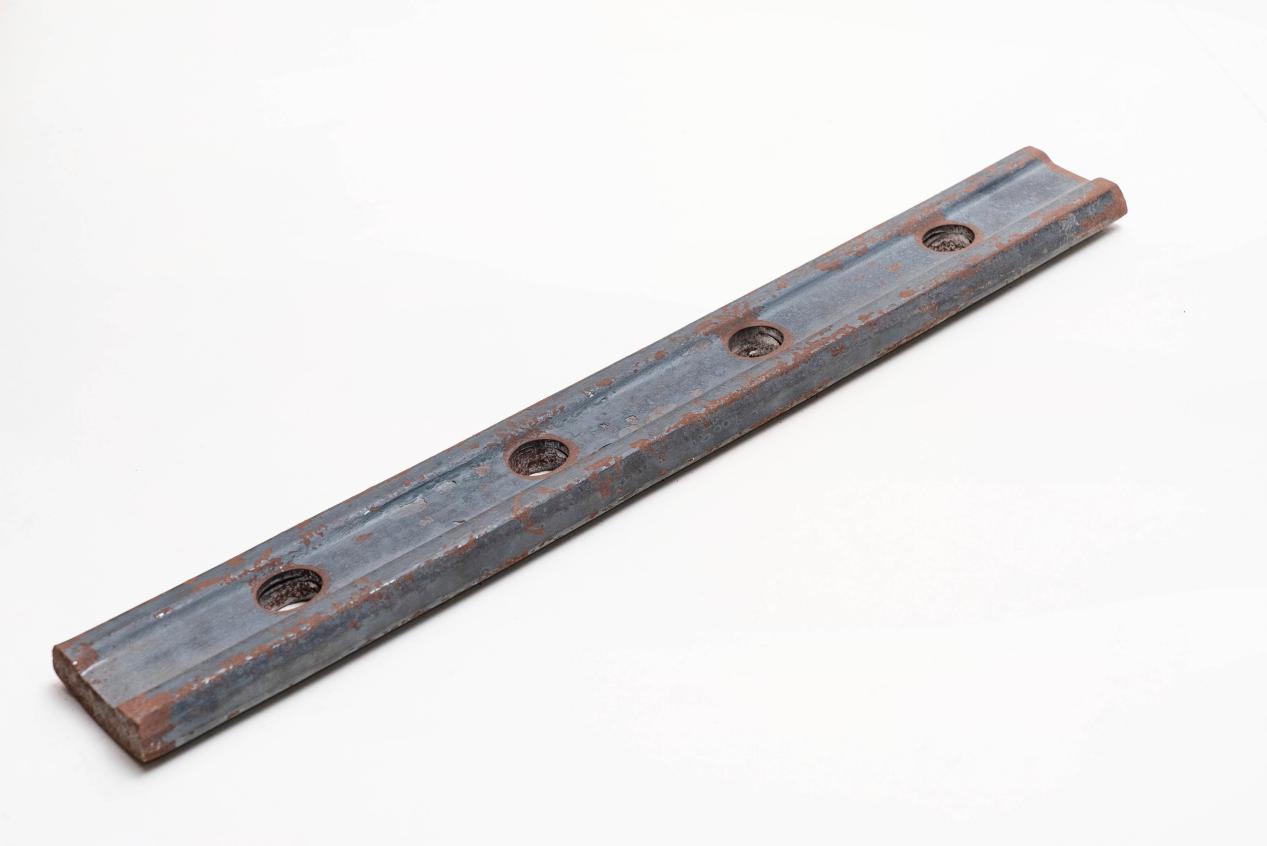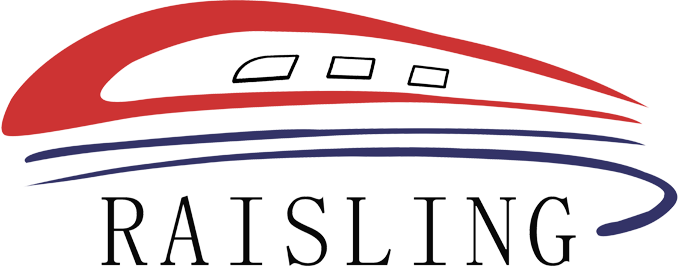Understanding the Critical Role of Fishplates in Enhancing Railway Infrastructure
Jul 03,2025
Understanding the Critical Role of Fishplates in Enhancing Railway Infrastructure Railway infrastructure is a complex network that supports the movement of goods and passengers across vast distances. Among the myriad components that make this system functional, **fishplates** play a pivotal role in ensuring the stability and safety of railway tracks. This article delves deeply into the nature, fun

Understanding the Critical Role of Fishplates in Enhancing Railway Infrastructure
Railway infrastructure is a complex network that supports the movement of goods and passengers across vast distances. Among the myriad components that make this system functional, **fishplates** play a pivotal role in ensuring the stability and safety of railway tracks. This article delves deeply into the nature, function, types, and significance of fishplates in railway infrastructure, providing a comprehensive understanding of their importance in maintaining an efficient rail system.
Table of Contents
- What are Fishplates?
- The Role of Fishplates in Railway Tracks
- Types of Fishplates
- Materials Used in Fishplates
- Installation and Maintenance of Fishplates
- Impact on Railway Safety and Efficiency
- Innovations in Fishplate Technology
- FAQs about Fishplates in Railway Infrastructure
- Conclusion
What are Fishplates?
Fishplates, also known as rail joints or splice bars, are crucial components that connect two sections of rail together. They are typically made of steel and are designed to provide a secure joint that maintains the track's alignment and integrity. By connecting rail ends, fishplates ensure a continuous surface for train wheels, allowing for smooth transitions and reducing wear on both the rails and the rolling stock.
The Role of Fishplates in Railway Tracks
Fishplates serve several essential functions in railway tracks:
1. **Alignment Preservation**: Fishplates help maintain the proper alignment of rails, preventing misalignment that could lead to derailments or operational inefficiencies.
2. **Vibration Damping**: By securing rail joints, fishplates minimize vibrations caused by moving trains, promoting a smoother ride and reducing wear on track components.
3. **Load Distribution**: They help distribute the weight of passing trains evenly across the track, reducing stress on individual rail sections.
4. **Facilitating Expansion and Contraction**: Fishplates accommodate the thermal expansion and contraction of rails due to temperature changes, preventing damage from stress.
5. **Safety Enhancements**: Properly installed fishplates enhance the overall safety of railway operations by ensuring that rail joints remain secure under dynamic loads.
Types of Fishplates
Fishplates come in various designs and types, each tailored to specific railway needs. Understanding these types is crucial for selecting the right fishplate for a given application.
Standard Fishplates
Standard fishplates are the most common type used in rail networks. They typically feature a simple design with holes for bolts that secure the joint. These fishplates are used in most traditional track configurations and are effective in ensuring the stability of rail joints.
Insulated Fishplates
Insulated fishplates are designed to provide electrical insulation between rail sections. This is particularly important in electrical railway systems where signaling and communication are reliant on the proper functioning of electrical circuits. Insulated fishplates help prevent unwanted electrical currents from disrupting signal integrity.
Specialized Fishplates
Some railway applications require specialized fishplates, which may have unique designs or materials to meet specific operational demands. For example, heavy haul railways might utilize reinforced fishplates to withstand higher stress levels. Similarly, fishplates designed for curves or slopes may have altered geometries to optimize performance.
Materials Used in Fishplates
The choice of materials for fishplates significantly influences their performance and longevity. Common materials used include:
- **Carbon Steel**: This is the most prevalent material due to its high strength and durability. Carbon steel fishplates are capable of withstanding significant loads and environmental conditions.
- **Alloy Steel**: In environments subject to extreme stress or wear, alloy steel offers enhanced performance characteristics, including improved resistance to deformation and fatigue.
- **Stainless Steel**: In coastal or corrosive environments, stainless steel fishplates may be preferred for their resistance to rust and corrosion, extending the life of the infrastructure.
Each material has its advantages and is selected based on the specific requirements of the railway system.
Installation and Maintenance of Fishplates
Proper installation and maintenance of fishplates are critical to ensuring the safety and efficiency of railway operations.
Installation Process
The installation of fishplates involves several steps:
1. **Preparation**: The rail ends must be properly aligned and cleaned to ensure a secure connection.
2. **Positioning**: The fishplate is placed over the joint, and the bolt holes are aligned.
3. **Bolting**: Bolts are inserted and tightened to secure the fishplate. This must be done according to specified torque settings to avoid loosening while in service.
4. **Inspection**: After installation, the joint should be inspected for proper alignment and tightness.
Maintenance Practices
Regular maintenance is essential to prolong the lifespan of fishplates and maintain railway safety. Maintenance tasks include:
- **Visual Inspections**: Regular checks for signs of wear, rust, or misalignment.
- **Tightening Bolts**: Periodically checking and tightening bolts to ensure secure connections.
- **Replacement**: Fishplates that show significant wear or damage should be replaced promptly to prevent operational issues.
Impact on Railway Safety and Efficiency
The integrity of fishplates directly influences railway safety and efficiency. Secure and well-maintained fishplates prevent derailments, enhance ride quality, and contribute to the overall reliability of rail services. Consequently, investing in quality fishplates and adhering to strict maintenance schedules can lead to significant operational benefits, including reduced downtime and enhanced safety for passengers and freight alike.
Innovations in Fishplate Technology
With the advancement of technology, innovations in fishplate design and materials are emerging. Some notable trends include:
- **Smart Fishplates**: Equipped with sensors that monitor stress and temperature, these advanced fishplates can provide real-time data for predictive maintenance, enhancing safety and efficiency.
- **Eco-Friendly Materials**: Research into sustainable materials is ongoing, aiming to reduce the environmental impact of railway infrastructure while maintaining performance.
- **Automated Installation Techniques**: Innovations in installation processes, such as robotic systems, promise to enhance installation speed and accuracy.
These innovations not only improve the performance of fishplates but also align with the broader goals of sustainability and safety in railway operations.
FAQs about Fishplates in Railway Infrastructure
1. What is the primary function of fishplates in railway systems?
Fishplates connect rail sections, ensuring proper alignment and stability while distributing loads and accommodating thermal expansion.
2. How often should fishplates be inspected?
Regular inspections are recommended, typically every few months, or more frequently in high-stress environments, to ensure safety and integrity.
3. Can fishplates be repaired, or do they need to be replaced?
While minor wear can sometimes be repaired, severely damaged fishplates should be replaced to maintain safety standards.
4. What materials are best for fishplates in coastal areas?
Stainless steel fishplates are preferred in coastal areas due to their corrosion resistance, ensuring longevity and reliability.
5. How do innovations in technology affect fishplate performance?
Innovations such as smart sensors and eco-friendly materials enhance performance, safety, and sustainability of fishplates in modern railway infrastructures.
Conclusion
In summary, fishplates are a cornerstone of railway infrastructure, providing critical support to rail systems worldwide. Their role in maintaining track integrity, ensuring safety, and accommodating environmental changes cannot be overstated. With ongoing advancements in materials and technology, the future of fishplates looks promising, further enhancing the safety and efficiency of rail transport. Understanding the significance of fishplates and investing in their proper maintenance and innovation will play a vital role in the evolution of railway infrastructure, ensuring it meets the demands of modern transportation needs.
Previous:
Next:
Recommended
Asia Pacific Rail 2025 Concludes in Bangkok, Showcasing Rail Industry's Future
Bangkok, May 29 - The Asia Pacific Rail 2025, a leading event in the railway and rail transit industry, successfully concluded on May 29 in Bangkok, Thailand.
There is one sheet production line and two high-precision engraving machines, with an annual production capacity of 6 million railway special height adjustment pads.
Contact Us


